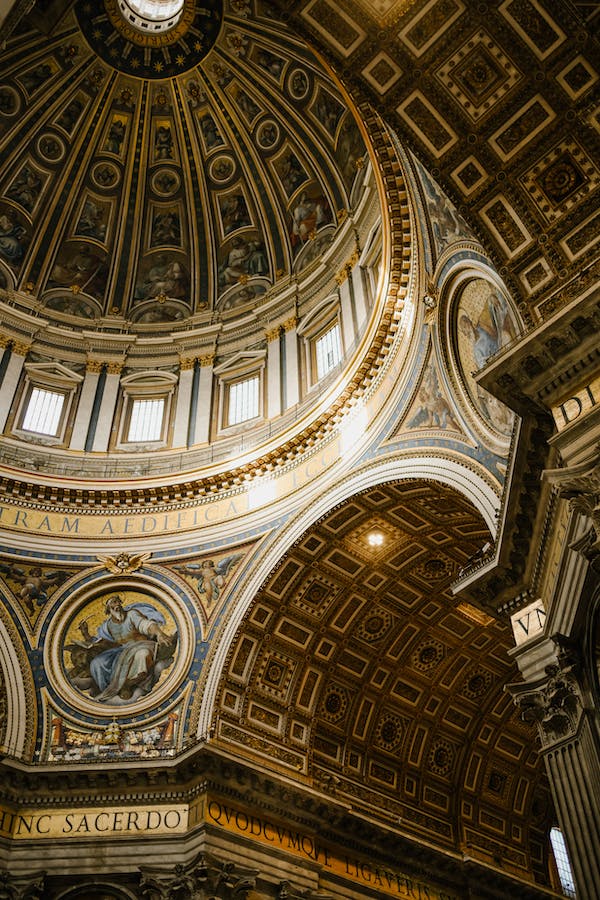Monasticism, characterized by asceticism, solitude, and communal living, emerged as a prominent expression of Christian devotion in the early Church. Rooted in the teachings of Jesus Christ and the examples of the Desert Fathers and Mothers, monasticism played a significant role in shaping the spiritual landscape of Christianity. In this article, we delve into the origins and practices of monasticism in the early Church, drawing insights from Scripture.
- Biblical Foundations of Monasticism
The roots of monasticism can be traced back to the teachings and practices of Jesus Christ and the prophets of the Old Testament. In Matthew 19:21, Jesus exhorts a wealthy young man to “go, sell your possessions and give to the poor, and you will have treasure in heaven. Then come, follow me.” This call to radical discipleship, characterized by self-denial and detachment from worldly possessions, laid the groundwork for monastic ideals of poverty and simplicity.
- The Example of John the Baptist
John the Baptist, with his ascetic lifestyle and call to repentance, served as a precursor to the monastic movement. Living in the wilderness, clothed in camel’s hair and subsisting on locusts and wild honey (Matthew 3:4), John further embodied the spirit of detachment and devotion to God. His emphasis on spiritual purification and preparation for the coming of the Messiah inspired many to follow in his footsteps and embrace a life of renunciation.
- The Desert Fathers and Mothers
In the 3rd and 4th centuries, the deserts of Egypt became havens for men and women seeking to devote themselves entirely to God. The Desert Fathers and Mothers, such as Anthony the Great and Amma Syncletica, withdrew from society to pursue lives of prayer, fasting, and solitude. Their wisdom and teachings, recorded in collections such as the Sayings of the Desert Fathers, continue to inspire spiritual seekers and monastics to this day.
- Communal Monasticism and Rule of Life
While eremitic (solitary) monasticism flourished in the desert, communal monasticism also developed, particularly in the West under the guidance of figures like Saint Benedict. The Rule of Saint Benedict, based on principles of humility, obedience, and stability, provided a blueprint for communal living and spiritual growth. Drawing upon passages such as Psalm 133:1, which speaks of the blessings of dwelling together in unity, communal monastics sought to cultivate a harmonious and prayerful community life.
- Scriptural Emphasis on Prayer and Contemplation
Prayer and contemplation lie at the heart of monastic life, echoing the teachings of Jesus and the apostles. In 1 Thessalonians 5:16-18, Paul exhorts believers to “pray without ceasing,” emphasizing the importance of continual communion with God. The Psalms, with their expressions of praise, lament, and supplication, further served as a rich source of inspiration and guidance for monastic prayer practices.
Conclusion
Monasticism in the early Church emerged as a radical response to the call of Jesus Christ to follow him wholeheartedly. Grounded in the teachings of Scripture and the examples of holy men and women, monasticism provided a pathway for seekers to deepen their relationship with God and pursue lives of spiritual integrity. As we reflect on its origins and practices, may we also glean wisdom and inspiration for our own spiritual journeys, seeking to cultivate lives of devotion, prayer, and service in the footsteps of the Desert Fathers and Mothers.
We at Wordembassyare highly regarded to be a significant affiliate for great products. As a result, we are paid a commission if you use one of these links to purchase a membership. You don’t, however, have to pay more for this. You may relax knowing that the information given here is reliable and accurate.






